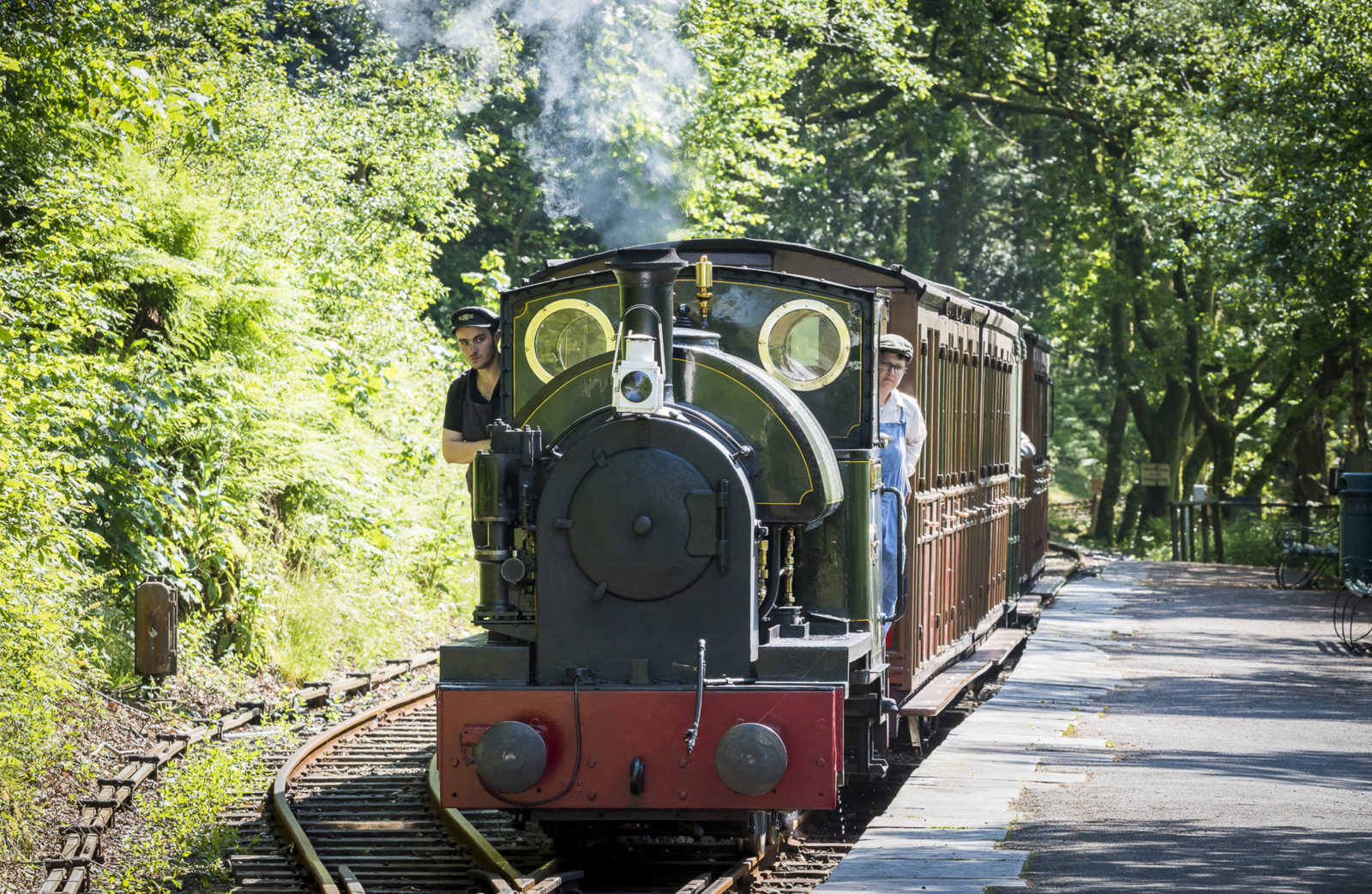A Mid Wales steam locomotive begins its centenary year celebrations by returning to its original railway on August 28 to head a passenger train from Corris station for the first time since 1930.
Marking another landmark in the revival of Corris Railway, steam locomotive number 4, ‘Edward Thomas’, will set off from the station at 11am followed by further trips at 1pm and 3pm. Tickets must be pre-booked.
By 1921, the railway’s original trio of steam locomotives had been working for four decades in the Dulas Valley, north of Machynlleth and were becoming time expired.
To deal with the problem, a new engine was ordered from Kerr Stuart Limited, Stoke-on-Trent whilst the best parts of the original trio were combined by Albert Hulme, the railway’s engineer, to produce a single locomotive.
This retained number 3 and the new engine became number 4, a Modified Tattoo class locomotive, a design dating from 1904. The remains of numbers 1 and 2 were scrapped, whilst 3 and 4 worked passenger, slate and general goods traffic between Machynlleth and Aberllefenni.
In 1930, the Great Western Railway took over Corris Railway and, at the end of the year, passenger traffic ceased to run. Freight continued, although services were eventually reduced to three days a week and the narrow gauge line became part of British Railways in 1948.
In August of that year, the railway was closed as the River Dyfi was threatening to breach the track bed near Machynlleth.
Corris Railway was built to the unusual gauge of 2 feet 3 inches and the pair of engines looked destined to be cut up. However, Campbell Thomas, Machynlleth stationmaster, hoped that they might find new life on the neighbouring Talyllyn Railway which shared the gauge. The locomotives were kept sheeted over and, as far as possible, out of sight.
In 1948, Talyllyn Railway was being kept alive by its owner Sir Henry Haydn Jones who unable to purchase either. However, after Sir Henry’s death, enthusiasts took over the railway and it became the world’s first heritage railway in 1951.
With only one working engine of their own, the Talyllyn Railway pioneers purchased the Corris locos from British Railways in Swindon. After overhaul by the Hunslet Company in Leeds, number 4 entered Talyllyn service in 1952 and has been a major part of train operations there since.
The loco has returned to Corris once before, in 1996, when the revival of railway had not reached a point where it could carry passengers.
Instead, on that occasion, number 4 worked demonstration freight trains which lifted the railway’s profile and was part of a successful appeal to build a new locomotive based on the Tattoo design. Number 7 began to work in the Dulas Valley in 2005.
After its first trains on the railway on August 28, number 4 will work alongside number 7 during a Gala Event that will see them operating passenger trains between Corris and Maespoeth Junction on September 4 and 5. Details of the gala and booking arrangements will appear at www.corris.co.uk .
Over the following weekend, September 11 and 12, both number 4 and number 7 will be in action on Talyllyn Railway.
Corris Railway, which is run and maintained entirely by Corris Railway Society volunteers, is a member of MWT Cymru, an independent organisation representing more than 600 tourism and hospitality business across Powys, Ceredigion and Meirionnydd region of Gwynedd.









Leave a Reply
View Comments